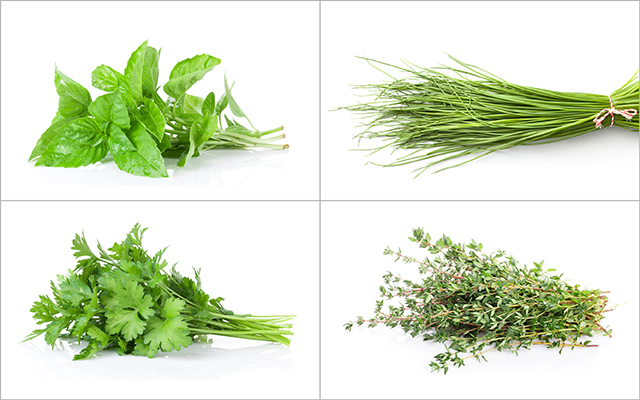The taste and smell of cilantro come from molecules called aldehydes, which are also found in soaps and lotions. Hence the soapy smell and taste for some.
Many insects, some of which are poisonous to humans, harbor these aldehydes as well; our ancestors likely relied on their sense of smell to identify threats. This may be why, for many brains, the soapy and bug-like aroma in cilantro trumps anything else — it’s a protective mechanism.
Meanwhile, genetics may explain why only some people are cilantrophobes. In 2012 the gene-profiling company 23andMe asked some 25,000 customers in California to rate the smell and taste of cilantro and report whether they found it “savory” and/or “soapy.”
Those with the OR6A2 gene, which codes for the olfactory receptor that picks up the scent of the aldehyde chemicals, experienced cilantro as soapy.
An often-cited 2004 study by Charles Wysocki, a researcher with the Monell Chemical Senses Center in Philadelphia, also supports the genetic hypothesis. Researchers introduced chopped cilantro at an annual gathering of twins and found that identical siblings almost always rated the flavor the same — as pleasant or decidedly unpleasant.
It also isolated three more genes that likely make receptors more sensitive to the soapy aroma.
Bizarrely, the gene didn’t seem to make a difference in actual cilantro preference. It appears that some people can overcome the aversion, though what enables them to do so remains a mystery.
This originally appeared as “Why does cilantro taste like soap to me?” in the November 2018 print issue of Experience Life.




This Post Has 0 Comments